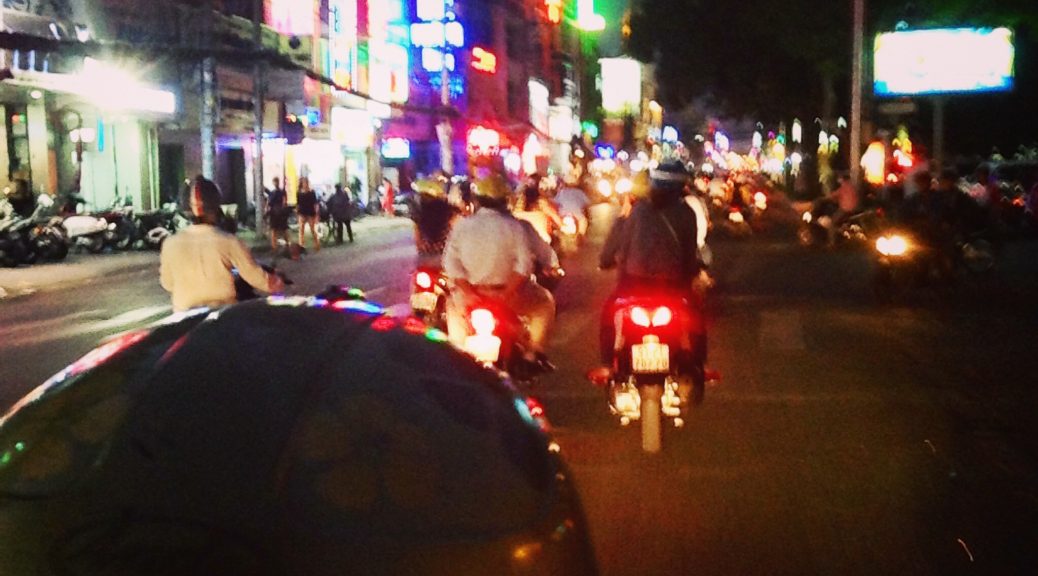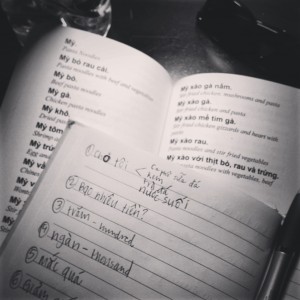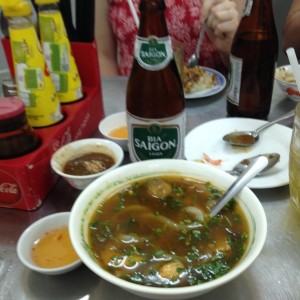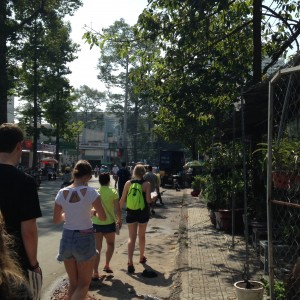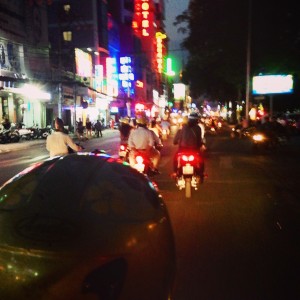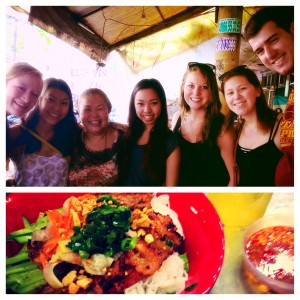Defining Modern Vietnam
Vietnam is not a country that is easy to categorize or define. It is a place full of perplexing contradictions and subtly hidden answers to them. Despite living here for two months now, the only thing I feel like I can accurately portray to everyone at home about Vietnam is everything I do not understand.
Just mentioning the country still tends to leave a bitter taste in the mouths of many Americans who lived through the era of the Vietnam War. It serves as an unsettling reminder of our futile and costly attempt to halt the spread of communism—what was once perceived to be our nation’s greatest threat. Surprisingly, though, I have found that today, in many ways, Vietnam is no longer very “communist” at all. Besides the hammer and sickle flags and propaganda plastered on billboards, it’s hard to find other tangible remnants of the Marxist-Leninist revolution. While the Communist Party of Vietnam (CVP) still manages to hold onto the reins of power, its modern-day rhetoric leaves one with a sense of dissonance.
The anti-Western sentiments that once fueled the revolution have been lost to an enchantment and arguably even an obsession with consumerism and Western culture. In fact, it was the failure of the regime’s centrally planned economy that warranted the revitalization of the free market and open door policies otherwise known as the Doi Moi that purposefully abandoned the main tents of communism in order for both the regime and the Vietnamese people to survive.
Because of this, within Vietnamese society lies a palpable sense of nostalgia for tradition and a thirst for modernization. It is this juxtaposition that makes Vietnam such a fascinating and often baffling place to navigate. The Vietnamese identity is somewhat of a reaction to a history of imperialist influences—first China, then France, and finally US. Upon perusing the motorbike-filled streets, it is not uncommon to see women in traditional rice hats and tunics riding right next to youth sporting trendy graphic tees emblazoned with English phrases and Western logos. Popular American songs that were once banned by the CVP can now be heard blasting from karaoke bars, boutiques, and coffee shops all over Saigon. It is hard not pass down any street without being greeted by Western Capitalism in the form of KFCs, Dominos, and Circle Ks. Supermarket aisles are lined with goods like Oreos, Ritz crackers, and Coca Cola.
The Vietnamese youth of today embody the spirit of globalization. Many of the students I have met express enthusiasm for learning English, international entrepreneurship, and even moving to the West. As an American, I expected to be greeted with much more resentment than I have; how could I not serve as a glaring symbol of both privilege and imperialism in a country that had faced so much devastation at the expense of my own? Nevertheless, the idea of America somehow manages to stand as a glimmering symbol of both hope and opportunity in the eyes of many Vietnamese. I often feel that much of Vietnam’s persona today is characterized by this sort of optimistic yearning for the future. As the country witnesses such rapid and expansive development, many hope it will bring a better quality of life, one that is similar to life in the West.
How Westerners themselves could possibly ever fit into this newly molded modern Vietnamese narrative, though, has yet to be determined. In fact, I do not think we are necessarily meant to. Even though this society is riddled with reminders of home, they’ve all been carefully curated to the taste of the Vietnamese. As an outsider, I’m constantly met with stares that ask, What are you doing here? Some of these stares are purely curious, wondering what my purpose here could possibly be. Some of them carry an air of suspicion with them. Others are invasive, coming from men who are unfazed by my awareness or even my sneers.
This happens especially in the neighborhood I live in, District 10, which is far removed from the tourist-clad streets of District 1 where you’ll find the iconic Independence Palace, bustling markets full of souvenirs, and streets that could sometimes pass as downtown LA. District 10 is unforgivingly Vietnamese. It finds its identity in its crumbling sidewalks (due to too many motorbikes taking shortcuts across them) and its pop-up banh mi stands run by the same ladies day in and day out.
Being a foreigner here gets exhausting and that is simply because that is all I am meant to be in this culture: an outsider. As an American, I always struggle with this idea while traveling abroad. Even though my country is intended to be a place for people from all sorts of backgrounds, many other countries are not. The challenge is learning to appreciate a place knowing you will never really understand or be a part of it. As I mark the halfway point of my journey here, I am reminding myself to bear this in mind.
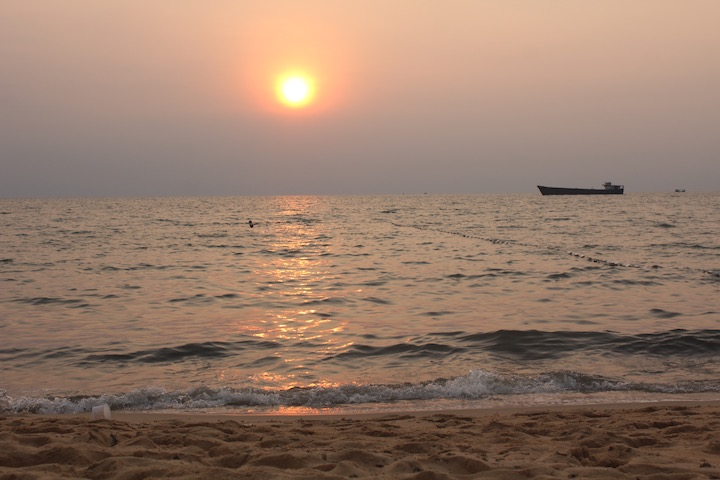

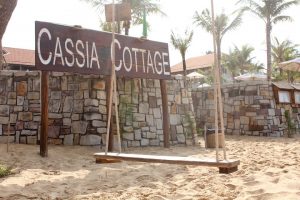
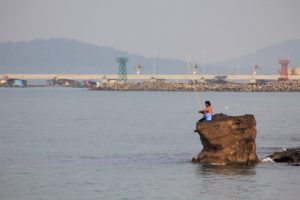
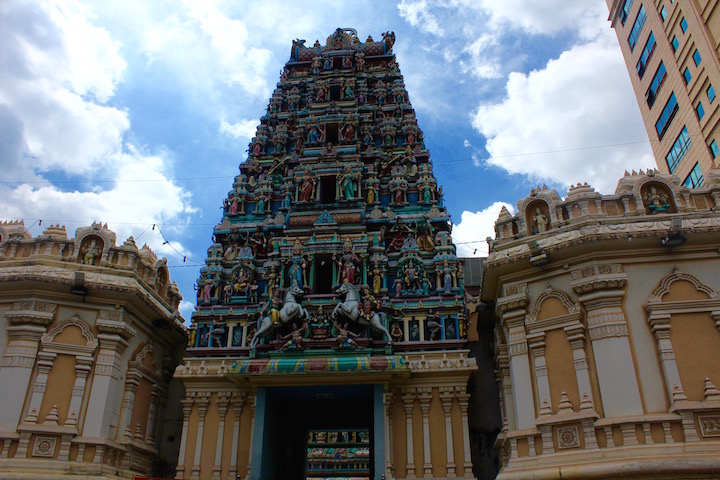
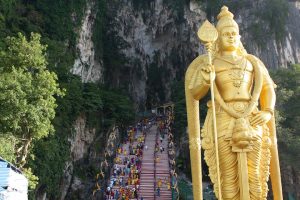
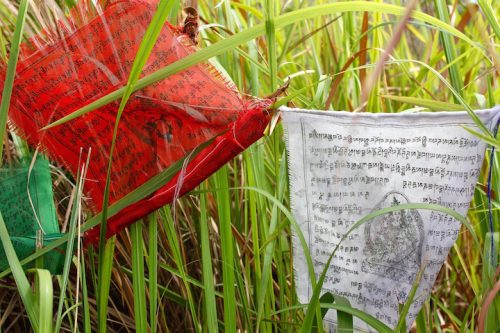
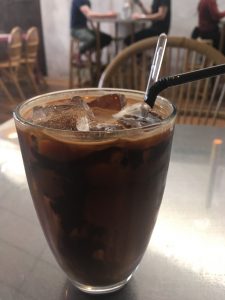
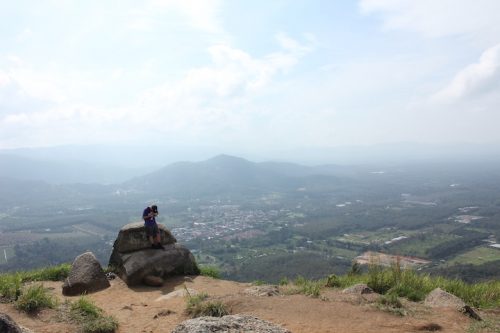
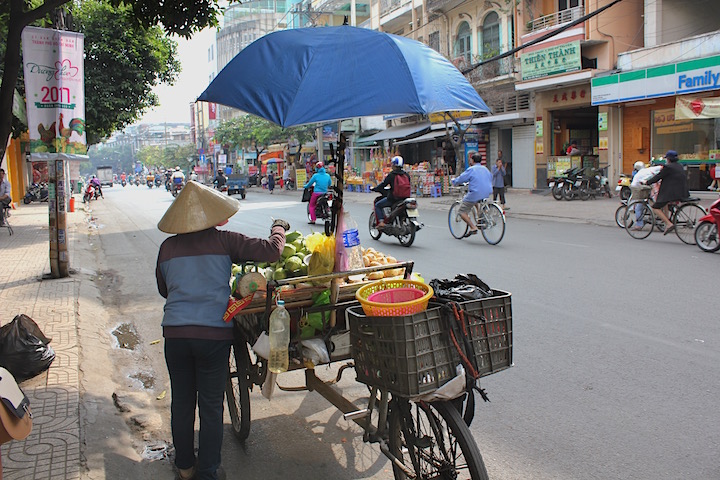
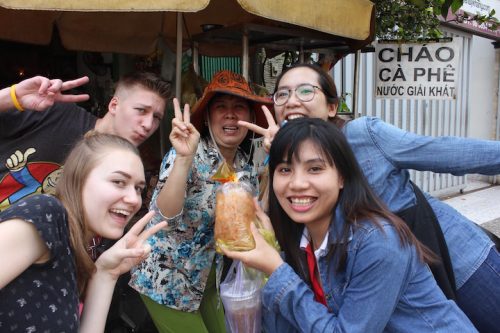
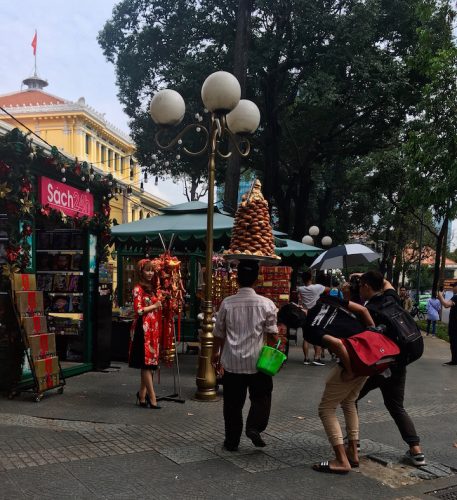


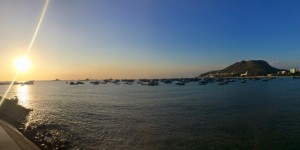
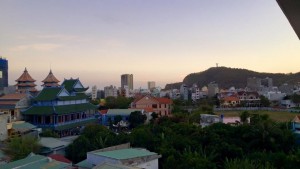
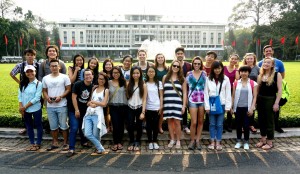
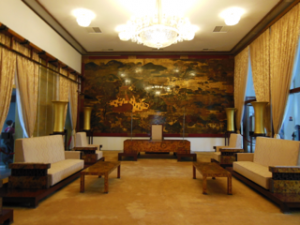
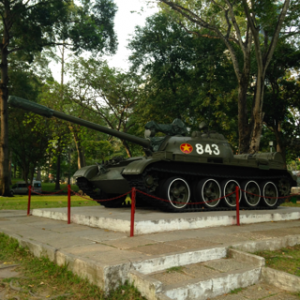 This building is directly associated with the fall of Saigon in 1975. On April 30, 1975, communist tanks arrived in Saigon – barreling through the iron gates surrounding the palace. Many photojournalists captured this event. From the footage I have seen, everything has remained in tact, as though nothing has changed.
This building is directly associated with the fall of Saigon in 1975. On April 30, 1975, communist tanks arrived in Saigon – barreling through the iron gates surrounding the palace. Many photojournalists captured this event. From the footage I have seen, everything has remained in tact, as though nothing has changed.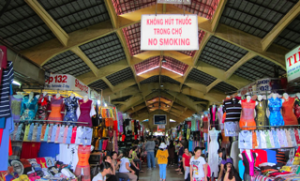
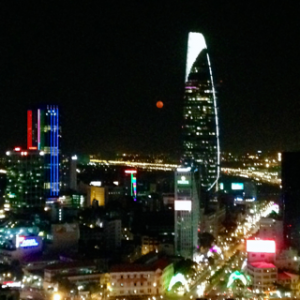
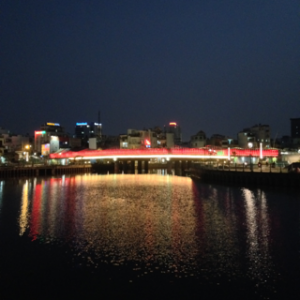
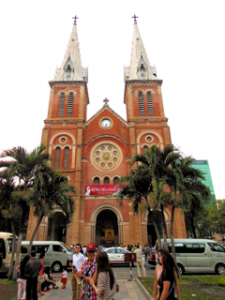
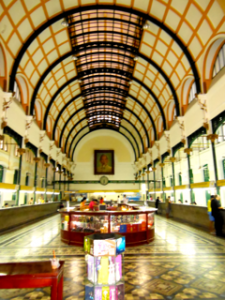
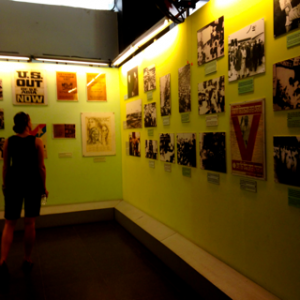 Most of the American students in the program agreed that our knowledge of the Vietnam War was very limited. More often, high school history classes teach specific dates and players but very rarely understand how American soldiers were affected or even how the Vietnamese were affected. I feel fortunate to have a Vietnam War section in my senior Honors English class. We studied war photographs and read American solider perspectives for a better understanding of what occurred. While I learned how Americans were affected, I only learned a glimpse of how the Vietnamese were affected. For example, no textbook will discuss the inhumane torture techniques in American prisons. (If you are interested, research “tiger cages”). This museum depicts the war’s affects on the Vietnamese.
Most of the American students in the program agreed that our knowledge of the Vietnam War was very limited. More often, high school history classes teach specific dates and players but very rarely understand how American soldiers were affected or even how the Vietnamese were affected. I feel fortunate to have a Vietnam War section in my senior Honors English class. We studied war photographs and read American solider perspectives for a better understanding of what occurred. While I learned how Americans were affected, I only learned a glimpse of how the Vietnamese were affected. For example, no textbook will discuss the inhumane torture techniques in American prisons. (If you are interested, research “tiger cages”). This museum depicts the war’s affects on the Vietnamese.